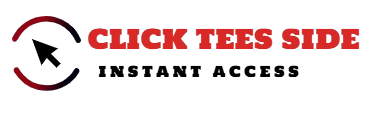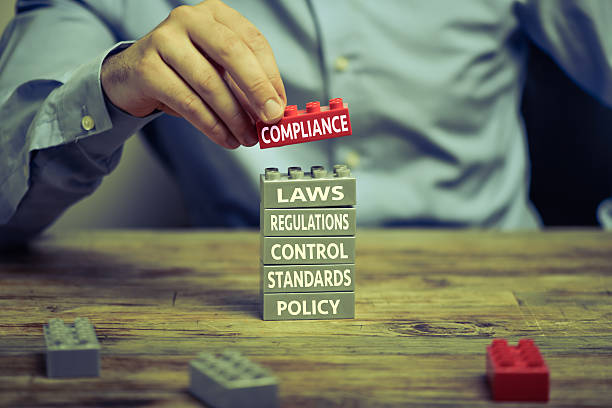In today’s digital age, a business website acts as the face of your brand. It paphnutius.com is often the first point of contact between your company and potential customers. Therefore, optimizing your business website for maximum conversions is crucial in attracting new leads and retaining existing ones.
The process of optimization involves several steps that need to be implemented strategically to ensure success. The first step is understanding your target audience. Knowing who you are trying to reach will help you tailor the content, design, and functionality of your site to meet their needs and expectations.
Next comes improving the user experience (UX). A well-designed UX ensures easy navigation through pages and quick loading times which helps reduce bounce rates – when visitors leave without interacting with the site further. This can be achieved by simplifying menu options, using clear call-to-action buttons, ensuring mobile optimization, maintaining consistent branding across all pages, and reducing page load times.
Content plays a significant role in conversion rate optimization (CRO). High-quality content that provides value to users not only improves search engine rankings but also builds trust with visitors leading them iindique.com towards making a purchase or subscribing to services.
Another essential aspect of CRO is Search Engine Optimization (SEO). SEO increases organic traffic by improving visibility on search engines like Google. This involves keyword research and implementation throughout the website’s content including meta annadovgan.com descriptions and title tags.
Moreover, it’s important to measure performance through analytics tools such as Google Analytics or similar voltsdrop.com platforms which provide fourunder2.com insights into visitor alexkarev.com behavior patterns like source of traffic, time spent on each page etc., helping identify areas requiring improvement.
Additionally integrating social proof elements such as customer testimonials or reviews can significantly boost conversions by establishing credibility among prospective customers. Likewise incorporating chatbots or live chat services sobrehomem.com can enhance customer service providing immediate assistance thereby increasing chances for conversion.
Lastly implementing A/B testing where two versions of a webpage are presented alternately to different segments of visitors helps determine what works best for conversion rate enhancement based on real-time data.
In conclusion, optimizing a business website for maximum conversions involves understanding your target audience, improving user experience, creating valuable content, implementing SEO strategies and measuring performance through analytics. Furthermore incorporating social proof and customer service tools along with A/B testing can significantly boost conversion rates. Remember optimization is not a one-time task but a continuous process that requires regular monitoring and updates for sustained success zolnikova.com in the dynamic digital landscape.




